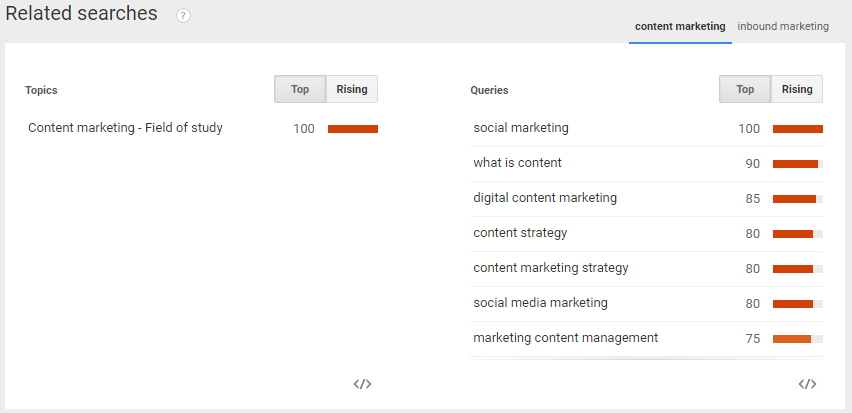
Why Google Search Trends Can Show You What Your Audience Is Looking For
Three smart ways to make Google search trends your ultimate customer research tool kit.

Compelling content, on its own, is not enough to compete in today’s B2B marketing space. You will also need an SEO strategy that makes sure your content is found.
Your search strategy
For your SEO strategy to be successful, you need to gain an understanding of your personas’ pains and the solutions they are looking for. Google search trends can help you to garner informative insights about your personas and their needs.
Google Trends is freely available via Google and third-party providers such as comScore. It can offer insights into your personas: Google search trends, including which key phrases your personas use most, and help identify what drives those queries. By drilling down further into this valuable data, you can see your personas’ online presence, where they search and what results they click on.
In short, the wealth of insights you can mine from Google Trends – indisputably one of the most versatile analytics tools currently available – will provide information about your audience that will enhance your modern search optimisation strategy.
Make Google search trends work for you
Google search enables you to set four variables and parameters. You can compare five search terms or groupings at one time, with up to 25 search terms in each grouping, providing an in-depth picture of what your personas are searching for online, including:
- Type of search
- Location
- Time
- Category.

By observing and analysing Google search trends in line with your personas’ needs and requirements, you can determine what type of content they are looking at and feed this knowledge into your own search optimisation strategy.
When incorporating Google search trends into your search strategy, you will be able to access real-time data conveying popular industry discussions, news articles and features. More importantly, Google search trends can reveal what your audience is searching for in three specific ways:
1. Keywords
You should create a list of keywords, both long-tailed and short-term. that you wish to target throughout your content. These keywords should always resonate with your audience – if they’re not searching for them, they will not find your content.
Google search trends offer richer information when used alongside keywords. Keywords give actual numbers to search trends, helping you to identify the volume and popularity of particular searches. Creating a list of keywords using Google Analytics and then in Google AdWords can enable Google Trends to confirm your choices and maybe find new ones.
Regularly review your search insights to understand which terms are rising and which are falling. This will keep keywords optimised and give you an up-to-date understanding of what your audience is looking for. You can also review keywords and search trends. by geographical area in order to better understand and cater for your audience’s unique localised qualities.

2. Content discovery
When it comes to your audience’s needs, you need to be aware that the best content is created around the things your audience wants to read about. Google search trends play an important role in revealing the type of content people are drawn to and the intent of each keyword used. This can inform your search and content strategy, by emphasising those content forms that are most searched for and clicked on. Google Trends can also help you brainstorm new content ideas, informed by spikes and search patterns created as a result of your audience’s interests.

3. Perfect Timing
Google Trends can also show you the correlation between events and search behaviour over time. Google Trends makes it quicker and easier to create a content calendar, enabling you to plan content ideas around future industry events. Identify cyclical patterns and plan content accordingly to capitalise on seasonality.
Remember, by digging just a little deeper into Google search trends, which is now readily available, your business can harness insights about its customers and create an SEO strategy that will fully support the content you create.
Takeaways:
Google Trends can help you gain a better understanding of your audience. Use it to:
- Target keywords your audience are searching so your content gets found
- Inform content ideas and designs, to attract a larger readership
- Plan around key events and strengthen your content cycle.
Find out how you can hit the target with your content by eavesdropping on your audience. Download your eGuide now: How to create a conversation audit to drive B2B marketing success
Read the latest positioning trends and insights.
Tap into our brand and product positioning, storytelling, and creative expertise to inspire your next strategic move.

